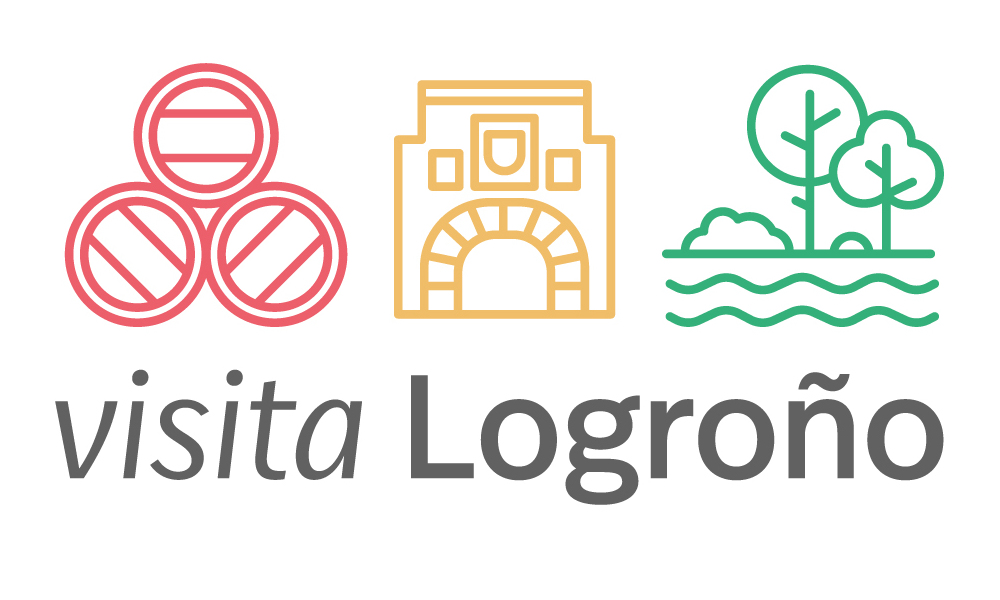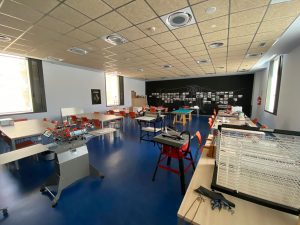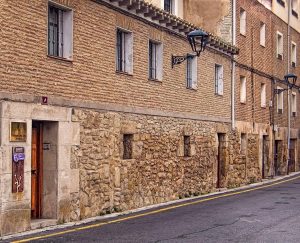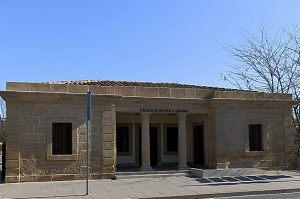
The Museum of La Rioja is located in San Agustín Square in a Baroque building dating from the 18th-century also known as Espartero Palace. It treasures valuable collections of painting and sculpture, ethnographic pieces and materials and objects from the archaeological sites of La Rioja.
After the complete remodeling with which the 20th century ended, the Museum offers an exceptional overview of the history of this land from the first Palaeolithic samples to the objects and works of art that introduce and explain our contemporaneity.
The journey from prehistoric times through to the 20th century proposed to the visitor uses Archeology, Fine Arts and Ethnography to build a discourse that helps to perfectly understand this section of the Ebro valley and the seven valleys that nourish it. A land so diverse and rich in their own idiosyncrasy.
The museum houses pieces from archaeological collections and artistic objects from the Middle Ages , the Renaissance and the Baroque. Among them, the ‘tablas of San Millá’n and the altarpiece of Torremuña stand out.
History of Espartero Palace
La Rioja Museum occupies the palace built in the middle of the 18th century by Pedro Ruiz de la Porta, Perpetual Regidor of the City of Logroño. On his death the palace passed to the Martínez de Sicilia family. However, the building is known as Espartero Palace because General Baldomero Espartero lived there after his marriage to Jacinta Martínez de Sicilia and his definitive withdrawal from politics in 1856.
The couple died without children and the palace was inherited by Doña Vicenta Martínez de Sicilia and Fernández de Luco, Marquesa de La Habana, stepsister of Doña Jacinta, who rented it in 1881 as the seat of the Military Government.
In 1882, the Government issued the Decree for the transfer of the episcopal sees to the provincial capitals in compliance with the Concordat signed with the Holy See, and the Marchioness of Havana offered the palace to the State for the Episcopal Palace and Ecclesiastical Court.
The sale becomes effective in 1884 for an amount of 110,000 pesetas and between 1886 and 1888 a profound reform is undertaken, paid for by the City Council, under the mandate of the mayor José Rodríguez Paterna and the direction of the municipal architect Luis Barrón, who among other things it replaces the shield of the facade by an episcopal one.
Despite this intense reform, the bishop did not move and the institutions that occupied it totally or partially, such as the Santa Rosa Asylum since 1900, to host the children of the workers of the nearby Tabacalera and other factories. In 1912, the Casa Cuna del Niño Jesús and the Caja de Ahorros, and in 1914 the Chamber of Commerce and the Artistic Circle were incorporated. In 1932 the eviction of the building was attempted to install the Historical Archive of the Province, but it was never carried out.
And finally, it was inaugurated in 1971 as the new headquarters of the Logroño Museum, which had been created in 1963.
Plaza San Agustín, 23. 26001 Logroño.
Free entry.
Weekdays: 10:00-20:30h
Sundays and Holidays: 10:00-14:00h
Guided tours for groups upon reservation in advance.



